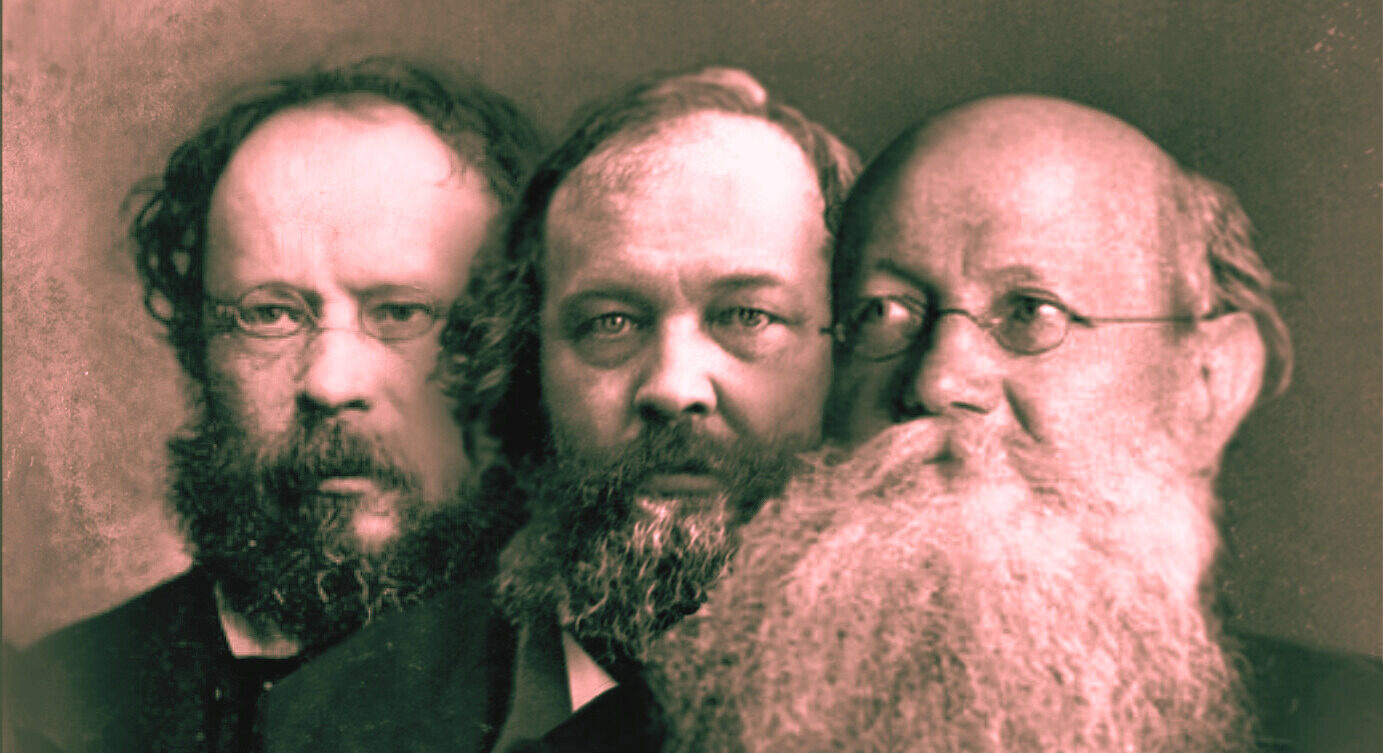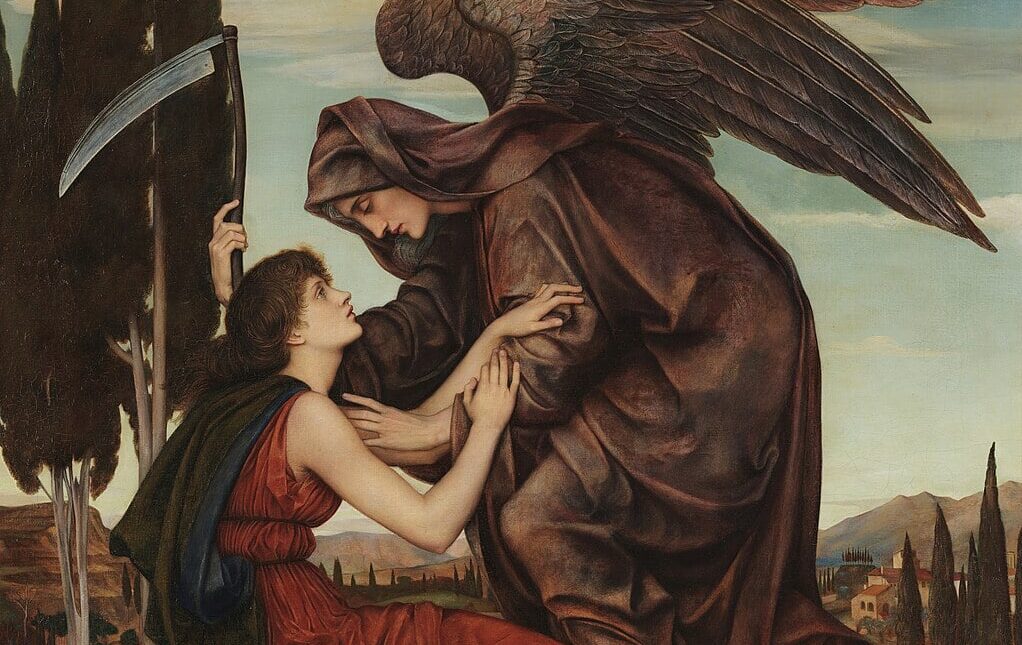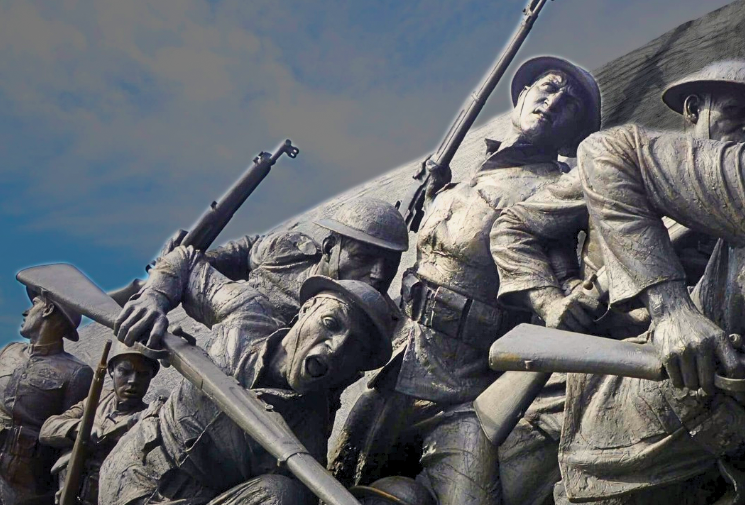Perhaps no political term is quite so misunderstood as “anarchy.” In the popular press, it is a synonym for disorder and chaos, not to mention looting and pillage: countries like Haiti are always being “plunged into anarchy.” The anarchist, meanwhile, is frozen into a late-nineteenth-century caricature: he is furtive, hirsute, beady-eyed, given to gesticulation, gibberish, and, most of all, pointless acts of violence. Yet anarchy, according to most of its proponents through the years, is peaceable, wholly voluntary, and perhaps a bit utopian. The word means “without a ruler”; anarchy is defined as the absence of a state and its attendant coercive powers. It implies nothing about social arrangements, family and sexual life, or religion; and in fact the most persuasive anarchists, from Russian novelist Leo Tolstoy to Catholic Worker founder Dorothy Day, have been Christians.
Under anarchy, wrote its advocate Prince Peter Kropotkin in the Encyclopedia Britannica (1910), “the voluntary associations which already now begin to cover all the fields of human activity would take a still greater extension so as to substitute themselves for the state in all its functions.” From alms to arms, “an anarchist is a voluntarist,” explained Karl Hess, the speechwriter for Barry Goldwater who chucked it all to live as a husband, neighbor, and welder in rural West Virginia. Anarchists would separate state from church, state from education, state from welfare, even state from justice. (Murray N. Rothbard and David Friedman, among others, have explored how courts and policing might work in a stateless society.)
The word anarchism was not popularized until 1840 (by Pierre-Joseph Proudhon), but its practice predates its philosophical defenders. In many ways, the American settlers and citizens of the early republic were, in their daily deeds, living anarchism. As Ralph Waldo Emerson explained, “Massachusetts, in its heroic day, had no government—was an anarchy. Every man stood on his own feet, was his own governor; and there was no breach of peace from Cape Cod to Mount Hoosac.” “The new race is stiff, heady, and rebellious,” said Emerson of his confreres in the 1830s, the heyday of American anarchism. “They are fanatics in freedom; they hate tolls, taxes, turnpikes, banks, hierarchies, governors, yea, almost laws.” Emerson’s handyman, Henry David Thoreau, expressed his anarchism aphoristically, altering the maxim of Thomas Jefferson to read “that government is best which governs not at all.”
The abolitionist ranks included a number of anarchists, among them the wealthy New York Congressman Gerrit Smith, who made an exception to his antistatism by advocating the prohibition of alcohol. Smith might appear a hypocrite, but with a nod to Emerson’s counsel about hobgoblins and little minds, the inconsistency of American anarchists has been one of their charms. Systematic anarchists weaving their elaborate schemes have usually been bores, men just as trapped in webs of abstraction as the statists against whom they rail. Their influence within the broader culture has been nil. American anarchism has been more a tendency than a philosophy; the most appealing anarchists have been literary men deeply dyed in the American grain.
American anarchism has been more a tendency than a philosophy; the most appealing anarchists have been literary men deeply dyed in the American grain.
Anarchists acquired the twin taints of violence and alienness in the late nineteenth century. Although a handful of “individualist anarchists,” most prominently Benjamin Tucker, editor of the publication Liberty, have attracted scholarly attention, the “anarchist-communists” of the era were far more visible, vocal, and execrated. While most American anarchists have agreed with Dorothy Day that “property is proper to man,” the anarchist-communists generally sought collective ownership of property, including land. As the Russian-born Emma Goldman, America’s most noted anarchist-communist, explained her ideal: “Voluntary economic cooperation of all toward the needs of each.” (Despite her collectivism, Goldman was a fierce critic of the Soviet Union’s denial of individual liberties.) The anarchist-communists, largely foreign-born, acting outside any local or even identifiably American context, were persecuted by the Wilson administration for their opposition to the First World War and disappeared, leaving few traces.
Yet echoes of native anarchism may be heard throughout American history: in the warnings of the Anti-Federalists about the centralizing thrust of the new Constitution; in the Garrisonian abolitionists who reviled any government that countenanced slavery; in the Populists of the 1890s, with their attacks on chartered corporations and paper wealth; in the Old Right of the 1930s, which saw the New Deal as potentially totalitarian; in the New Left of the 1960s, which denounced the military, the university, and the corporation as dehumanizing; and among contemporary libertarians, especially those influenced by the economist and anti-imperialist Murray N. Rothbard. But except for the anarchist-tinged Industrial Workers of the World, the radical labor union that reached its zenith in the early twentieth century, anarchists have never been adept organizers. For the most part anarchy in the United States has been a literary-political tendency. A very partial list of American men and women of letters who have described themselves as anarchists includes Henry Adams (a “conservative Christian anarchist”), Paul Goodman, Norman Mailer, Robinson Jeffers, e. e. cummings, Lawrence Ferlinghetti, Ursula Le Guin, William Saroyan, Dwight Macdonald, and Edward Abbey. Abbey’s novels, especially The Brave Cowboy (1956), The Monkey Wrench Gang (1975), and The Fool’s Progress (1988), feature merry anarchist heroes who live by Abbey’s anarchist creed: “Be loyal to your family, your clan, your friends, and your community. Let the nation-state go hang itself.”
Literary anarchists often display an intense localism, reflecting Ernest Hemingway’s belief that “No larger unit than the village can exist without things being impossible.” They are antipolitical in that they deny that politics, or the demands of state, have any claim to our time, our families, our lives. In Notes of a Neolithic Conservative (1970), Paul Goodman, sometime guru of the New Left, wrote, “As a conservative anarchist, I believe that to seek for Power is otiose, yet I want to derange as little as possible the powers that be; I am eager to sign off as soon as conditions are tolerable, so people can go back to the things that matter, their professions, their sports, and friendships.”
Ernest Crosby, who succeeded Theodore Roosevelt in the New York State Assembly in 1887, was a fervent admirer of Tolstoy and something of an anarchist himself. Crosby is remembered for Captain Jinks: Hero (1902), his satirical novel of American imperialism, but his poem, “The State,” might serve as a stark summation of the anarchist view:
They talked much of the State—the State.
I had never seen the state, and I asked them to picture it to me, as my gross mind could not follow their subtle language when they spake of it.
Then they told me to think of it as of a beautiful goddess, enthroned and sceptred, benignly caring for her children.
But for some reason I was not satisfied.
And once upon a time, as I was lying awake at night and thinking, I had as it were a vision,
And I seemed to see a barren ridge of sand beneath a lurid sky;
And lo, against the sky stood out in bold relief a black scaffold and gallows-tree, and from the end of its gaunt arm hung, limp and motionless, a shadowy, empty noose.
And a voice whispered in my ear, “Behold the State incarnate!”
Further Reading
Charles A. Madison, “Anarchism in the United States,” in Journal of the History of Ideas
James J. Martin, Men Against the State: The Expositors of Individualist Anarchism in America, 1827–1908
William O. Reichert, Partisans of Freedom: A Study in American Anarchism
Eunice Minette Schuster, “Native American Anarchism,” in Smith College Studies in History
This entry was originally published in American Conservatism: An Encyclopedia, p. 35.














